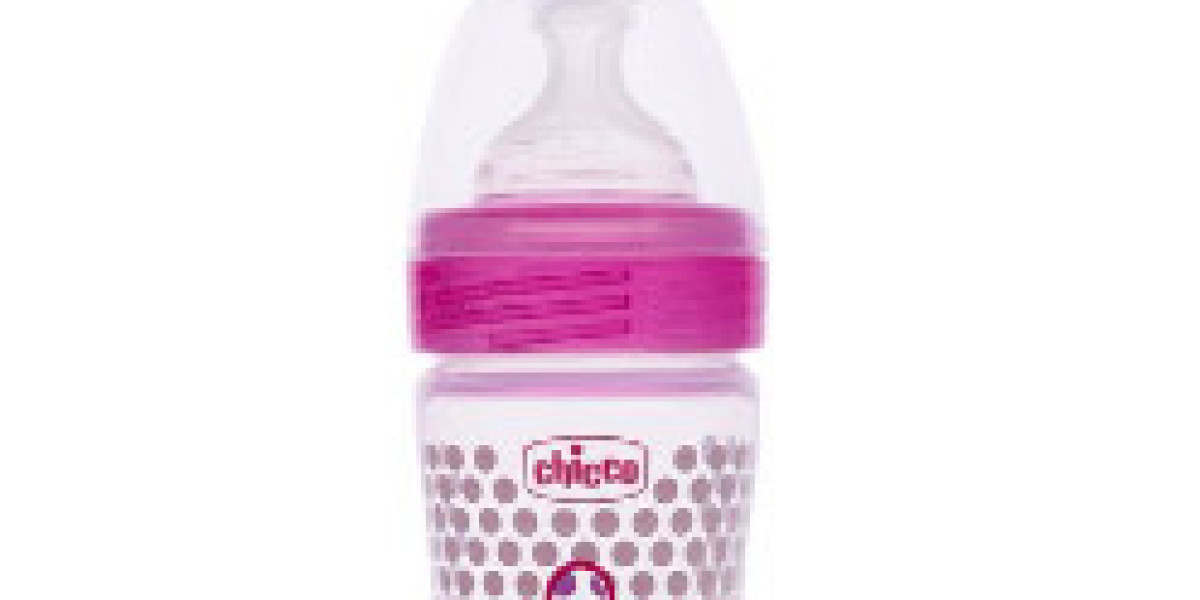Ensuring proper hygiene for your baby’s feeding bottles is essential for their health and well-being. Babies have delicate immune systems, making them more susceptible to infections and illnesses caused by bacteria and germs that can thrive in unclean bottles. This guide will provide you with effective cleaning and maintenance practices to keep your feeding bottle safe and hygienic.
1. Understanding the Importance of Bottle Hygiene
Feeding bottles are used to hold milk, formula, or other liquids for your baby, making them a breeding ground for bacteria if not cleaned properly. Here’s why bottle hygiene is critical:
a. Preventing Bacterial Growth
Milk residue can promote the growth of harmful bacteria like E. coli and Salmonella. If these bacteria enter your baby’s system, they can cause gastrointestinal issues, leading to discomfort and illness.
b. Ensuring Safe Feeding
Maintaining a clean feeding bottle ensures that the milk or formula remains uncontaminated, providing your baby with the nutrients they need without the risk of exposure to harmful pathogens.
c. Promoting Healthy Habits
Establishing good hygiene practices from the start sets a precedent for maintaining cleanliness in all aspects of your baby’s feeding routine.
2. Best Practices for Cleaning Feeding Bottles
To maintain proper hygiene for your baby’s feeding bottles, follow these best practices:
a. Wash Your Hands
Before you begin cleaning the bottles, always wash your hands thoroughly with soap and water. This step is crucial to prevent transferring germs to the bottles.
b. Disassemble the Bottles
Separate the bottle, nipple, and any other parts, such as rings or valves. This will allow for thorough cleaning and ensure that no milk residue is trapped in hard-to-reach areas.
c. Rinse Immediately After Use
After each feeding, rinse the bottle and nipple with warm water to remove milk residue. This makes it easier to clean thoroughly later and prevents buildup.
d. Use Warm, Soapy Water
Fill a basin or sink with warm, soapy water and scrub each part of the bottle using a bottle brush. Pay special attention to the nipple, as milk can get trapped in the small holes. Avoid using sponges or cloths that may harbor bacteria.
e. Clean the Bottle Brush Regularly
Don’t forget to clean your bottle brush regularly as well. Just like feeding bottles, brushes can accumulate bacteria if not maintained properly.
f. Rinse Thoroughly
After washing, rinse all bottle parts under running water to remove soap residues. Soap can leave an unpleasant taste and irritate your baby’s stomach.
3. Sterilizing Feeding Bottles
Sterilization is an additional step that can provide peace of mind, especially for newborns and infants under three months. Here are a few methods to sterilize feeding bottle effectively:
a. Boiling Water Method
Place clean bottles and nipples in a large pot of water.
Boil for about 5–10 minutes.
Allow them to cool before removing.
b. Steam Sterilizers
Use an electric steam sterilizer, which uses steam to kill bacteria.
Follow the manufacturer’s instructions for proper use and timing.
c. Microwave Sterilizers
You can also use microwave sterilizers specifically designed for this purpose.
Fill the sterilizer with water, place the bottles inside, and microwave according to the instructions.
d. Chemical Sterilizers
Use sterilizing tablets or solutions that are safe for feeding equipment.
Follow the instructions for dilution and soaking times to ensure effectiveness.
4. Maintaining Feeding Bottles
Proper maintenance is crucial for extending the lifespan of your feeding bottles. Here are some tips:
a. Inspect Regularly
Check bottles and nipples for signs of wear and tear, such as cracks or discoloration. If you notice any damage, replace the bottle or nipple immediately.
b. Store Properly
Store clean bottles in a dry, clean place, away from dust and contaminants. Avoid storing them in damp areas, as moisture can encourage mold growth.
c. Avoid Extreme Temperatures
Do not expose bottles to extreme temperatures, such as direct sunlight or high heat, as this can degrade the materials and increase the risk of leaching harmful substances.
d. Follow Manufacturer’s Guidelines
Refer to the manufacturer’s instructions for cleaning and maintenance. Different brands may have specific recommendations for care that can help you ensure the longevity of the bottles.
5. Transitioning to New Bottles
As your baby grows, you may need to transition to different types of bottles or nipples. When making this switch, follow the same hygiene practices to ensure that new bottles are clean and safe for use.
Conclusion
Maintaining proper hygiene for your baby’s feeding bottles is essential for their health and safety. By following these best practices for cleaning and sterilizing bottles, you can help prevent the growth of harmful bacteria and provide your baby with safe feeding experiences. Establishing a routine for bottle hygiene from the start will ensure your baby has the healthiest start possible, allowing you to focus on the joys of parenthood. Remember, a little extra care goes a long way in ensuring your baby's well-being.








